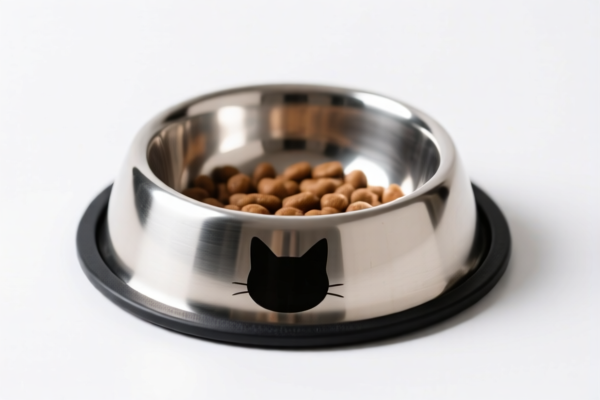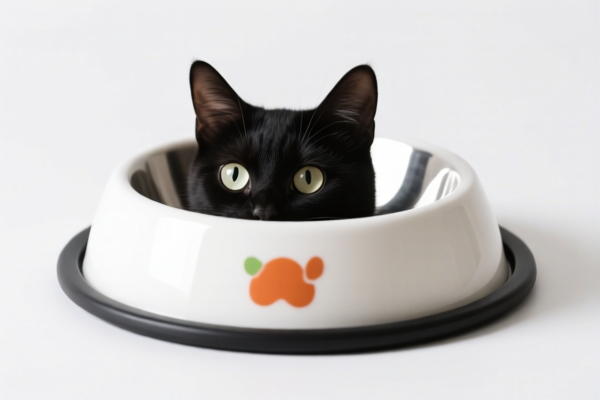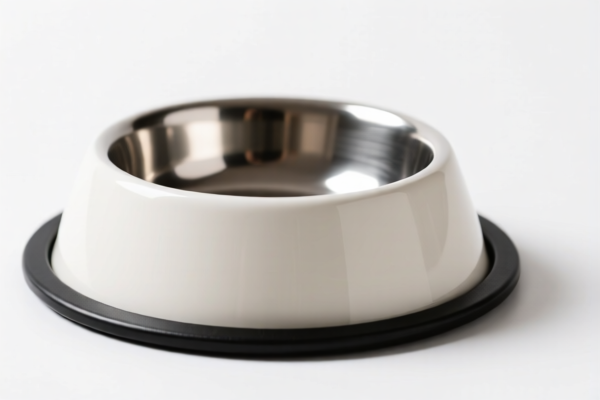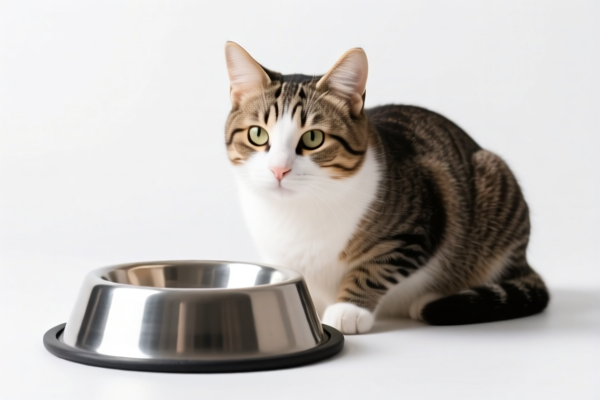Found 18 matching results
(CN → US)
| HS Code | Official Doc | Tariff Rate | Origin | Destination | Effective Date |
|---|---|---|---|---|---|
| 7010905055 | Doc | 55.0% | CN | US | 2025-05-12 |
| 7013492090 | Doc | 60.0% | CN | US | 2025-05-12 |
| 7013993000 | Doc | 46.5% | CN | US | 2025-05-12 |
| 7115906000 | Doc | 59.0% | CN | US | 2025-05-12 |
| 7115900590 | Doc | 55.0% | CN | US | 2025-05-12 |
| 9617006000 | Doc | 37.2% | CN | US | 2025-05-12 |
| 6914108000 | Doc | 64.0% | CN | US | 2025-05-12 |
| 6914908000 | Doc | 60.6% | CN | US | 2025-05-12 |
| 6911900010 | Doc | 42.9% | CN | US | 2025-05-12 |
| 6911900050 | Doc | 42.9% | CN | US | 2025-05-12 |
| 3924104000 | Doc | 33.4% | CN | US | 2025-05-12 |
| 3924905650 | Doc | 40.9% | CN | US | 2025-05-12 |
| 3926901600 | Doc | 40.6% | CN | US | 2025-05-12 |
| 3926901600 | Doc | 40.6% | CN | US | 2025-05-12 |
| 7323999030 | Doc | 83.4% | CN | US | 2025-05-12 |
| 7323997000 | Doc | 60.3% | CN | US | 2025-05-12 |
| 7326908688 | Doc | 82.9% | CN | US | 2025-05-12 |
| 7326908688 | Doc | 82.9% | CN | US | 2025-05-12 |




Cat Bowl
A cat bowl is a container used to provide food and/or water to domestic cats. While seemingly simple, cat bowls vary significantly in material, design, and function, all impacting feline behavior and health.
Material
- Ceramic: A common choice due to its hygienic properties, ease of cleaning, and stability. Ceramic bowls are less likely to harbor bacteria. However, they can chip or break.
- Stainless Steel: Highly durable, hygienic, and doesn’t impart flavors to food or water. Often recommended by veterinarians.
- Plastic: Lightweight and inexpensive, but more prone to scratches and bacterial growth. Lower quality plastics may leach chemicals into food/water. BPA-free plastic is preferred.
- Glass: Non-porous and easy to clean, but can be fragile.
- Metal (other than stainless steel): Less common due to potential for rusting or imparting metallic tastes.
Purpose & Function
The primary purpose is to contain food and/or water for feline consumption. However, bowl design can influence:
- Whisker Fatigue: Cats have sensitive whiskers. Deep, narrow bowls can cause discomfort as whiskers brush against the sides while eating/drinking, potentially leading to reduced intake.
- Digestion: Elevated bowls can aid digestion, especially for cats with certain medical conditions or older cats with arthritis.
- Hydration: The bowl’s shape and placement can encourage or discourage drinking.
- Food Pacing: Certain bowl designs slow down eating, preventing rapid consumption and associated issues like vomiting.
Usage Scenarios
- Dry Food: Standard bowls are suitable. Slow-feed bowls are beneficial for cats who eat too quickly.
- Wet Food: Shallow, wide bowls are preferred to prevent whisker fatigue.
- Water: Wide, stable bowls are essential. Some cats prefer running water, making automatic water fountains a good alternative.
- Multiple Cat Households: Separate bowls for each cat are recommended to prevent resource guarding and ensure adequate intake.
- Medical Conditions: Specific bowl types may be prescribed by veterinarians (e.g., elevated bowls for regurgitation, shallow bowls for facial dermatitis).
Common Types
- Standard Bowls: Basic, round or oval bowls in various materials.
- Elevated Bowls: Raised off the ground, promoting better posture and digestion.
- Slow-Feed Bowls: Feature obstacles or patterns to slow down eating speed.
- Puzzle Feeders: Require cats to work for their food, providing mental stimulation.
- Automatic Feeders: Dispense food at pre-programmed times.
- Water Fountains: Provide a constant flow of filtered water, encouraging hydration.
- Shallow Bowls: Wide and flat, minimizing whisker fatigue.
- Divided Bowls: Feature separate compartments for different food types.
Based on the material, use, and application scenarios, a cat bowl is a household article designed for holding food or water for cats. Here are the relevant HS codes found within the provided reference material:
- 7323999030: This HS code falls under Chapter 73, which covers articles of iron or steel. Specifically, it covers “Other” articles not coated or plated with precious metal, and further specifies “Other” items suitable for food or drink contact. This could apply to a cat bowl made of iron or steel. The total tax rate is 83.4%.
- 7323997000: Also within Chapter 73, this HS code covers “Other” articles of iron or steel not coated or plated with precious metal, but specifies “Cookingware”. While not explicitly a cooking utensil, a cat bowl could be considered kitchenware for food preparation (holding cat food). The total tax rate is 60.3%.
- 3924104000: This HS code is under Chapter 39, covering plastics. It specifically refers to “Tableware and kitchenware: Other”. A plastic cat bowl would fall under this classification. The total tax rate is 33.4%.
- 3924905650: Still within Chapter 39 (plastics), this HS code covers “Other: Other”. This is a broader category for plastic household articles, and a cat bowl could be included. The total tax rate is 40.9%.
- 6911900010: This HS code falls under Chapter 69, covering ceramic articles. It specifically refers to “Other Toilet articles”. A ceramic cat bowl could be classified as a toilet article for pets. The total tax rate is 42.9%.
- 6914108000: Also within Chapter 69, this HS code covers “Of porcelain or china: Other”. If the cat bowl is made of porcelain or china, it would fall under this classification. The total tax rate is 64.0%.
- 6914908000: Still within Chapter 69, this HS code covers “Other: Other”. This is a broader category for ceramic household articles, and a cat bowl could be included. The total tax rate is 60.6%.
Regarding HS code 7323999030 and 7323997000, please note the reference material mentions a 25% additional tariff for steel and aluminum products.
Customer Reviews
No reviews yet.